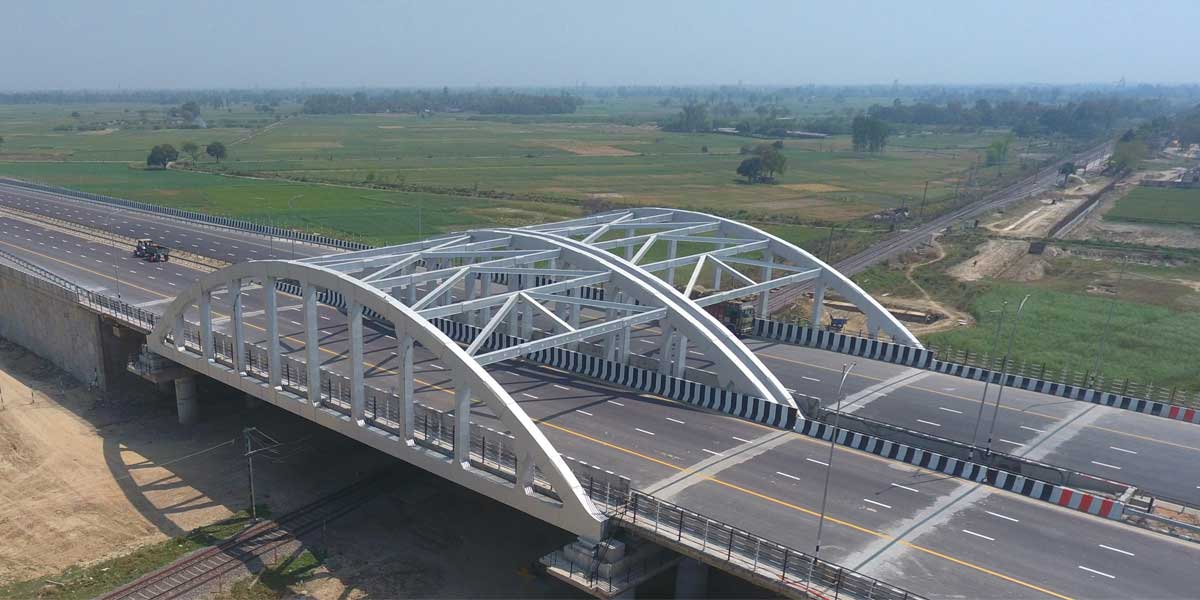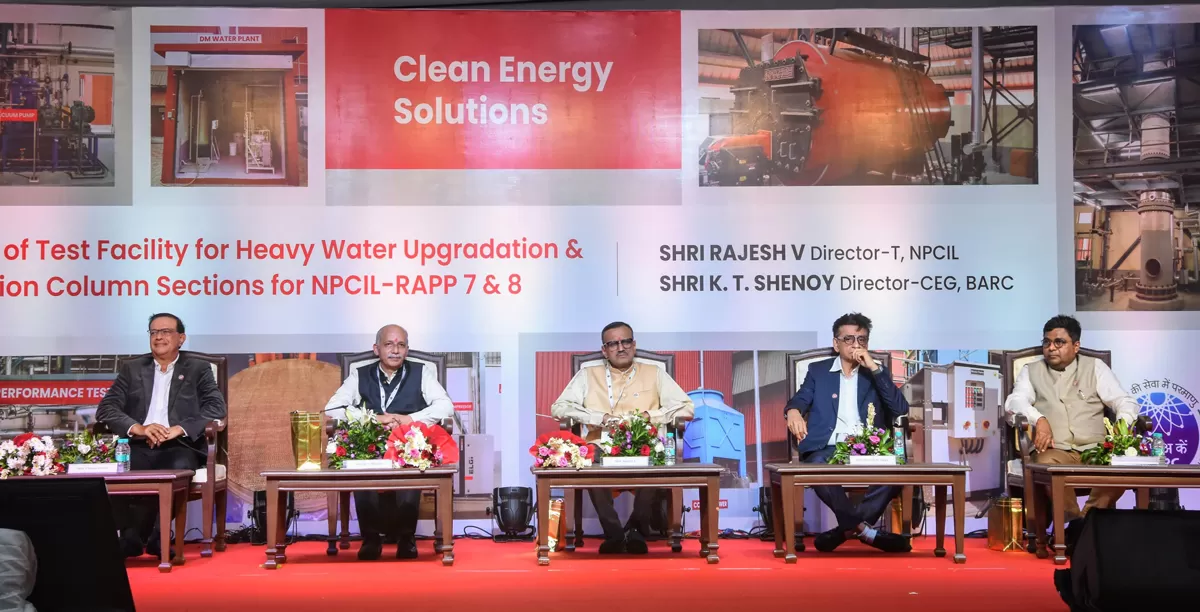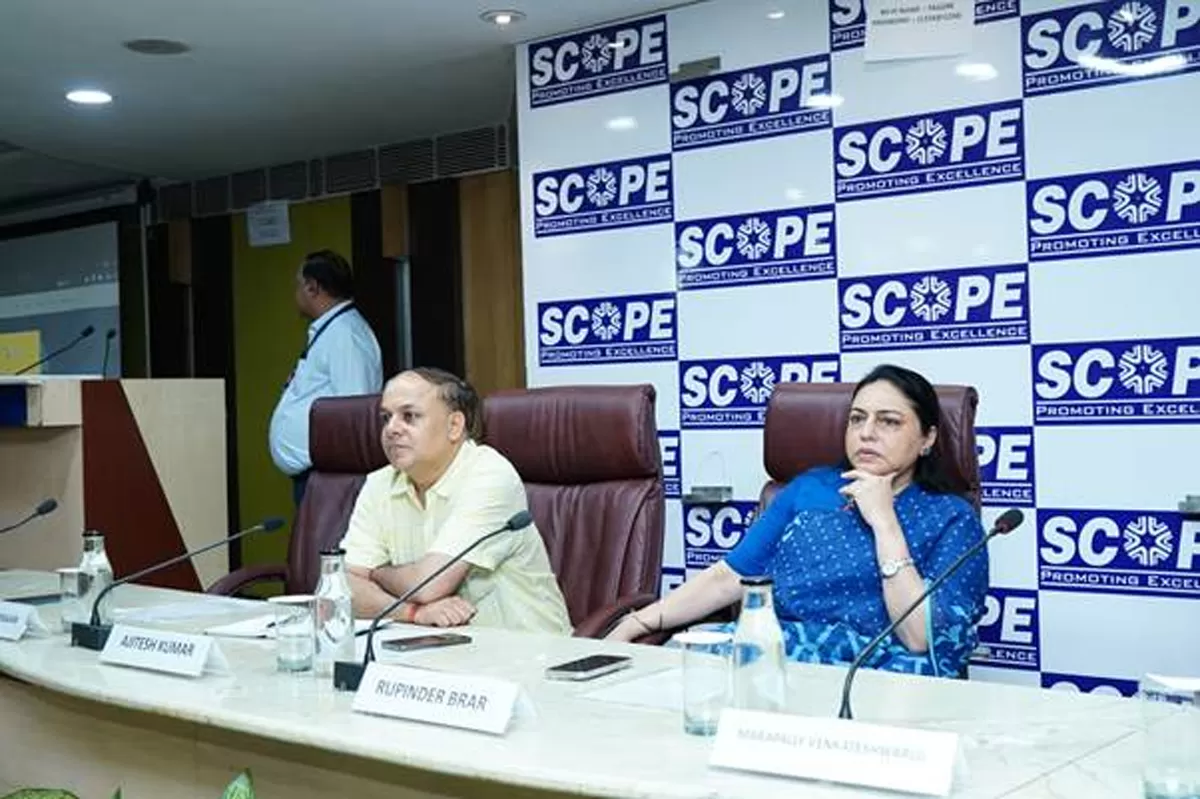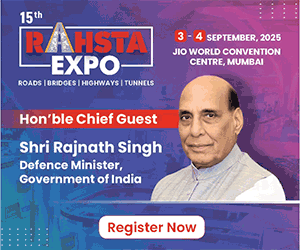The perceived need of the hour for the most populous Indian state is connectivity. Thus, the Uttar Pradesh Expressways Industrial Development Authority (UPEIDA) laid out a plan to build five expressways, one of which is the Purvanchal Expressway. Aimed at improving connectivity in Uttar Pradesh’s eastern region and built at Rs 224.95 billion, this 340.8-km expressway is India’s longest. Starting from Chand Sarai village and located on the Lucknow-Sultanpur Road, it passes through Barabanki, Amethi, Sultanpur, Ayodhya, Ambedkar Nagar, Azamgarh and Mau, before terminating at Haidariya village in Ghazipur. The eastern region of the state is now connected to the state and national capitals and further to Varanasi through the Agra-Lucknow and Yamuna Expressways.
“If you see the map of Uttar Pradesh, we started from Delhi and came up to Agra; from Agra one comes upto the Agra-Lucknow expressway; then, if you start from Lucknow and end at the eastern part of the state, that is the Purvanchal Expressway,” explains Awanish Kumar Awasthi, CEO, UPEIDA.“It is the backbone for the state – north and south. On completion, we will be able to provide easy access to most of the state’s districts.”
The blueprint
The expressway comprises 18 flyovers, seven railway-over-bridges (ROB), seven major bridges and 118 minor bridges, six toll plazas and 271 underpasses. An important feature of this project is the airstrip constructed near Sultanpur district to enable emergency landings.
Construction was divided into eight packages, which were awarded to five contractors. Packages 1and 2 were bagged by Gayatri Projects, Package 3 by Apco Infratech, Packages 4 and 7 by GR Infraprojects, Packages 5 and 6 by PNC Infratech and Package 8 by Oriental Structural Engineers.
“As the project manager of the 41.7-km Package 3, with six lanes and a service road, I feel proud that we have completed it successfully on time with quality and received a bonus for it,” comments Vilas A Misal, Assistant Vice President, Apco Infratech.
“Package 8 is 48-km long that lies in Gazipur district,” elaborates VK Chauhan, Project Director Execution, Oriental Structural Engineers .“The average labour used was around 2,000 per day, 1,000 skilled and 1,000 unskilled. About 300 engineers and supervisors were engaged in the project supervision. This is an access-controlled, six-lane expressway, designed to handle a speed of 120kmph, and has an approximately 50-km service road for villagers, 32 underpasses, 11 minor bridges, three flyovers, one ROB, one-way side amenities and a toilet block. Two toll plazas and two interchanges have been provided for entry and exits.”
And Yogesh Kumar Jain, Managing Director, PNC Infratech, shares, “The contract values of Purvanchal Expressway Packages 5 and 6 are Rs 15.66 billion and Rs 9.54 billion with a scheduled construction period of 36 months each. The packages comprise construction of 54-km and 28.20-km six-lanes, access-controlled main carriageway, respectively, with eight-lane structures, service roads, wayside amenities and toll plazas. Both packages include major and minor bridges, grade separators and interchanges, vehicular and pedestrian underpasses.”
An equipped approach
The expressway has been constructed with the latest technology. Management Information System (MIS) was implemented to monitor and control timelines and cost.
“We have used three VSI crushers of 300tph for crushing aggregate; three hot-mix plants for asphalt mixes (240, 200 and 160tph);nine sensor pavers and around 12 compactors for paving; and one PQC paver for the rigid pavement at the toll plaza,” reveals Chauhan. “For earthwork, we have used 60 excavators, 40 graders, 40 compactors and 250 dumpers. We have used five batching plants for concrete production and three plants of 250tph for WMM production.”
“Both Packages 5 and 6 were respectively completed 132 days and 97 days ahead of their scheduled completion dates, ,”informs Jain. “The modern equipment deployed included automatic hot-mix and concrete batching plants, sensor pavers, vibratory and pneumatic-tyred rollers, transit mixers and tippers, kerb construction and road marking machines and concrete pumps with boom placers, among others. For a large number of concrete elements, precast technology was adopted to save time and maintain high quality. As the packages involved a huge quantity of embankment construction using earth and pond ash, a large fleet of modern and heavy earthwork equipment, dumpers and compactors was deployed for timely construction.”
Tackling the challenges
A large-scale project like Purvanchal Expressway brings with it myriad challenges. “One challenge was financing these expressways,” acknowledges Awasthi. “We tapped all the nationalised banks of the country and they provided us the funds through consortia. For Purvanchal, they provided us funds of about Rs 125 billion. We have received the cheapest interest rate in the system. We have also gone forward with the transparent mechanism of bidding. For Purvanchal Expressway, we got the bids around -8 per cent, so we saved more than Rs 9 billion only by bidding. Transparent bidding and getting cheap funds helped us build our expressways in time and, in many cases, before time despite the pandemic.”
“A major challenge was arranging a large quantity of earth of around 1.5 crore cu m,” says Chauhan. “As the area is in the Gangetic plain, all the fields are low-lying and prone to floods.”
Meanwhile, Misal tells us, “There are three major bridges across the Sharda Canal; each one is about 140m in length and the piles for the major bridge were 32m below the canal bed level. The second challenge was the 64-m single span bow string girder ROB; the material requirement for the same was 1,950 mt. Providing machinery and material for this location was the biggest challenge.”
According to Jain, other challenges include the first and second waves of the pandemic, consequent restrictions, exodus of migrant labour and acute disruptions in supply chains, and prolonged and active monsoons all through the three years, non-availability of earth and soil in the vicinity of project sites and the steep increase in the prices of key construction materials. The biggest challenge was the pandemic that struck during the peak construction periods. Meticulous planning, mobilisation of additional resources, deployment of modern equipment and dedicated manpower, and close monitoring and guidance by the top management helped in overcoming the challenges to a large extent”
Focus on safety
Purvanchal Expressway has gone through the process for a safety audit. Despite the pandemic, work carried on at its peak with all important safety precautions taken into account. Workers were trained to follow COVID guidelines, offices and workplaces were sanitised, and periodic and medical aid was present onsite. “The safety audit was done by IIT Roorkee,” says Awasthi.“We have a large number of vehicles and put ex-servicemen on the road for continuous patrolling. The police helped monitor movement on the road to ensure there were no accidents.”
“We had SOPs (standard operating procedures) for each activity,” adds Chauhan. “Our safety team ensured execution was allowed only after the safety checks. Further, all the project managers were imparted safety training. Routine Health, Safety and Environment (HSE) workshops and health and safety workshops were conducted at different workplaces to train new workers. The staff was trained to follow COVID guidelines and medical assistance was given to workers at the camps.”
For his part, Misal says, “We have ensured safety through special deployment of safety officers and conducted safety toolbox meetings at each location.”
In conclusion
Indeed, Purvanchal Expressway will boost agriculture, tourism and industrial and commercial activities. Enhanced connectivity to the eastern and western borders will propel economic, industrial and social growth. Industrial training, educational and medical institutes, new townships and various commercial setups will develop, especially near the expressway. Besides, being an access-controlled expressway, benefits like fuel and time saving, pollution control and accident reduction will naturally accrue. Ultimately, greater growth will further generate employment and business opportunities – a clear win for the state.























